A Corpus Linguistic Approach to Literary Language and Characterization
Virginia Woolf's The Waves
This book focusses on computer methodologies as a way of investigating language and character in literary texts. Both theoretical and practical, it surveys investigations into characterization in literary linguistics and personality in social psychology, before carrying out a computational analysis of Virginia Woolf’s experimental novel The Waves. Frequencies of grammatical and semantic categories in the language of the six speaking characters are analyzed using Wmatrix software developed by UCREL at Lancaster University. The quantitative analysis is supplemented by a qualitative analysis into recurring patterns of metaphor. The author concludes that these analyses successfully differentiate all six characters, both synchronically and diachronically, and claims that this methodology is also applicable to the study of personality in non-literary language. The book, written in a clear and accessible style, will be of interest to post-graduate students and academics in linguistics, stylistics, literary studies, psychology and also computational approaches.
- ISBN 13 : 9027270422
- ISBN 10 : 9789027270429
- Judul : A Corpus Linguistic Approach to Literary Language and Characterization
- Sub Judul : Virginia Woolf's The Waves
- Pengarang : Giuseppina Balossi,
- Kategori : Literary Criticism
- Penerbit : John Benjamins Publishing Company
- Bahasa : en
- Tahun : 2014
- Halaman : 277
- Halaman : 277
- Google Book : https://play.google.com/store/books/details?id=aR9_AwAAQBAJ&source=gbs_api
-
Ketersediaan :
“Language use is one of the most mysterious products of the human mind, and
literature is probably the most enigmatic form oflanguage use” (van Peer 2011: 1)
. Before the arrival of structuralism, the study of literature tended to be based on
free, intuitive interpretation. Today, with the advent of the computer, more
systematic studies can be carried out. Will they offer possibilities for solving the
enigma of language in literature? While computer-assisted methods of enquiry
have been ...




